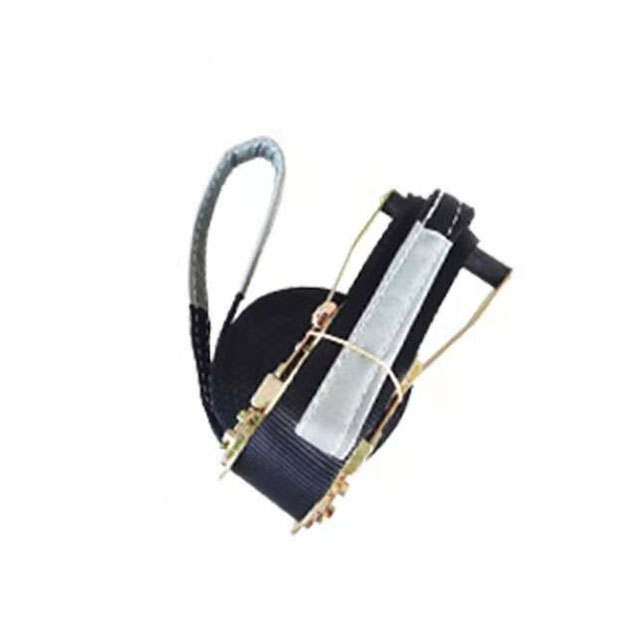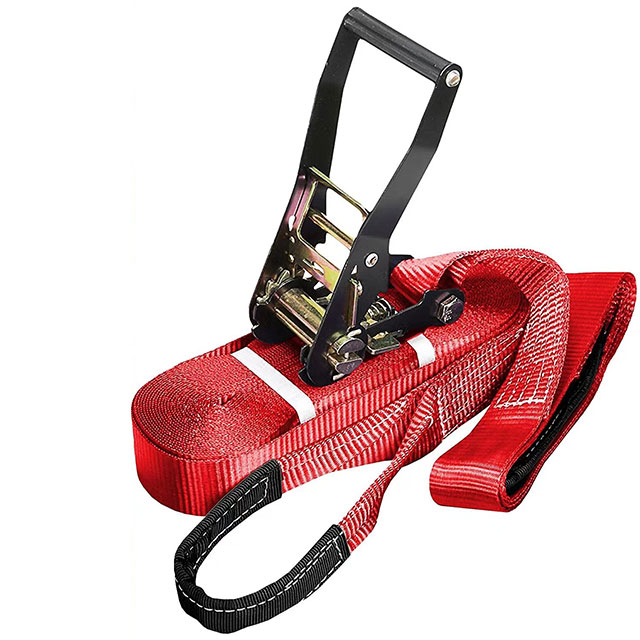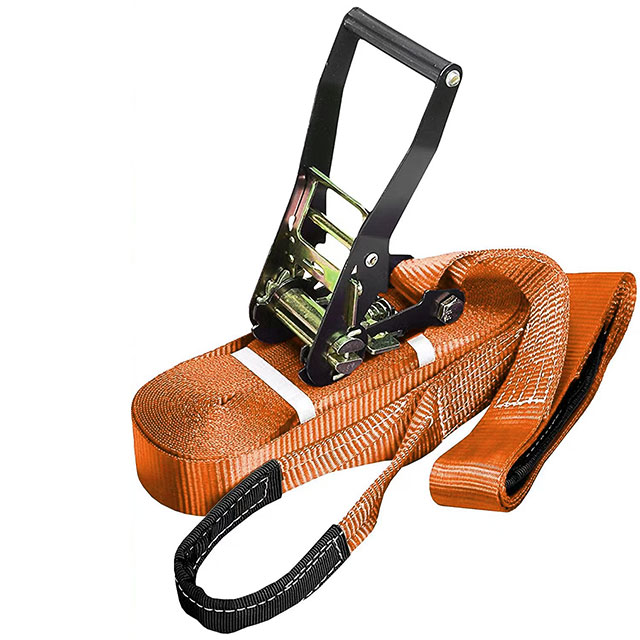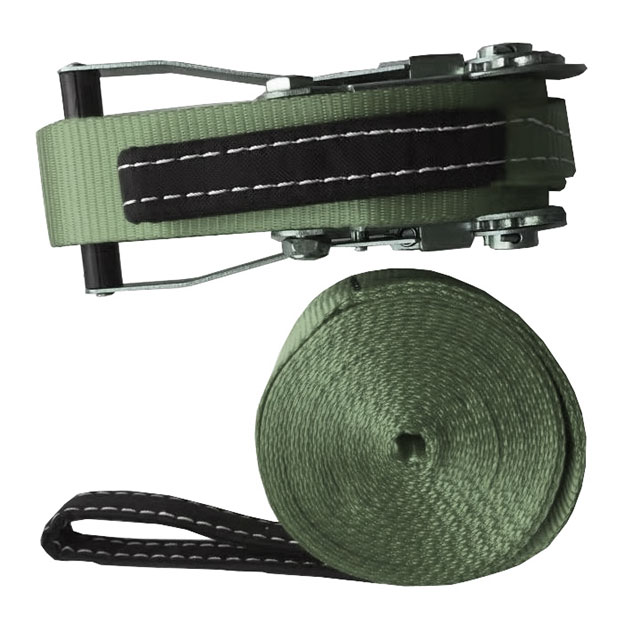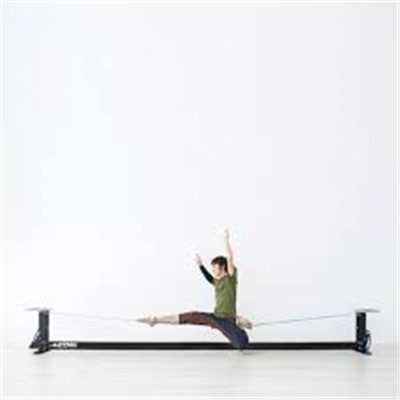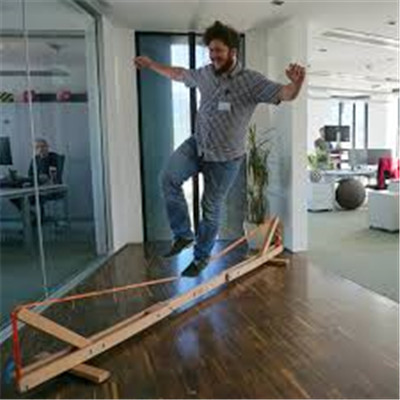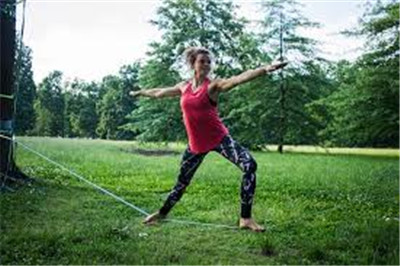Guidelines for the use of indoor slackline
Guidelines for the use of indoor slackline
The following are general guidelines for the use of indoor slacklines:
- Slacklines should only be set up and used under the supervision of a qualified instructor.
- Users should be made aware of the risks associated with slacklining, and informed of how to minimise these risks.
- Only use slacklines that are specifically designed for indoor use, and that have been approved by a qualified engineer.
- Make sure that the slackline is properly secured at both ends before using it.
- Do not use the slackline if it is damaged in any way.
- Do not use the slackline if it is wet or slippery.
- Users should not attempt tricks or moves that they are not confident they can execute safely.
How to pick an indoor slackline
An indoor slackline is a great way to improve your balance and have some fun. But how do you pick the right one?
Here are a few things to consider:
- The width of the line. A wider line is easier to balance on. If you're a beginner, look for a line that's at least 2 inches (5 cm) wide.
- The length of the line. A longer line is more difficult to balance on. If you're a beginner, start with a line that's 10-15 feet (3-4.5 m) long.
- The type of material the line is made from. Nylon lines are more stretchy than polyester lines, so they're easier to balance on.
- The amount of weight the line can support. If you plan on using the line for tricks or acrobatics, make sure it can support your weight plus the weight of any equipment you'll be using (such as a trampoline).
An indoor slackline is a great way to improve your balance and coordination, and it can be used for a variety of different exercises.
When choosing an indoor slackline, you will need to consider the following factors:
- The width of the line (Here is Width 5cm Green Slackline 10M Kits, Custom Length And Logo Product to chose.)
- The length of the line
- The type of material
- The weight limit
- The price
Notes on using indoor slackline
I've been using an indoor slackline for the past few months and I absolutely love it! It's a great workout and it's really fun.
Here are a few notes on using an indoor slackline:
1. Make sure you have enough space. You need at least 10 feet (3 meters) of clearance on either side of the line, and 20 feet (6 meters) of clearance at the end of the line.
2. Use a mat or something similar to protect your floor. An indoor slackline can damage your floor if you don't use some kind of protection.
3. Use a shorter line if you're just starting out. A shorter line is easier to balance on, and you can always move up to a longer line as you get better.
4. Take your time and don't get frustrated if you can't stay up for very long at first. It takes practice to balance on a slackline, so be patient and keep at it!
Here are some tips on how to use an indoor slackline:
1. Choose the right slackline
First, you need to choose the right slackline. Indoor slacklines are different from outdoor slacklines, so make sure you get one that's meant for indoor use.
2. Set up the slackline properly
Next, you need to set up the slackline properly. Read the instructions carefully and make sure that the line is tight enough.
3. Start slow Once you have the line set up, it's time to start walking on it. But go slowly at first! Take your time and focus on your balance. 4. Increase your speed Once you're comfortable walking on the line, you can start to increase your speed. But don't go too fast – remember that balance is key. 5 . Try different tricks There are lots of different tricks you can do on a slackline – from simple turns and hops to more advanced flips and spins. Just be careful not to fall off!
Click Fields of application for Indoor Slackline to know more about Indoor Slackline.









